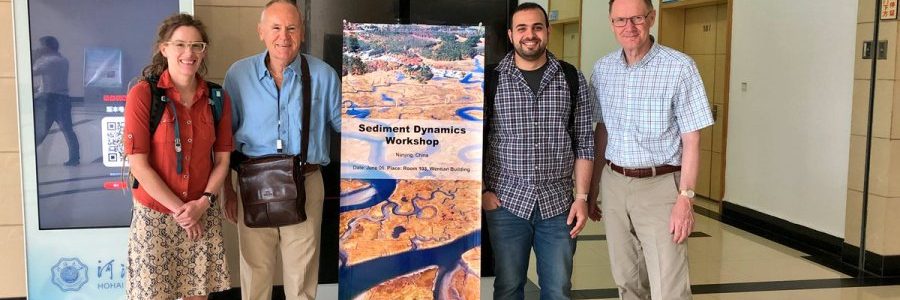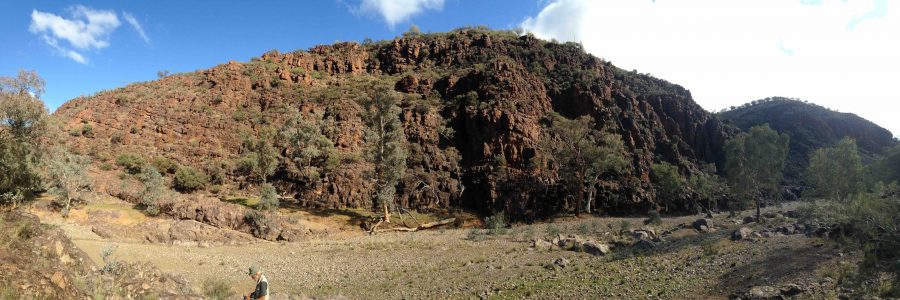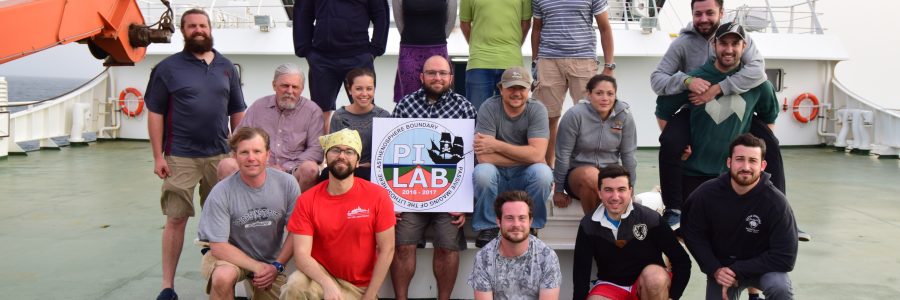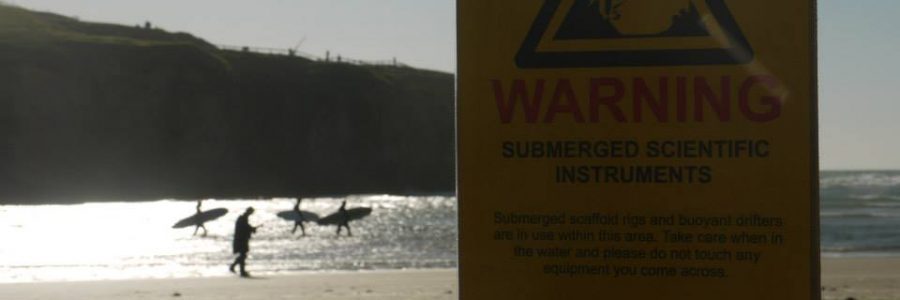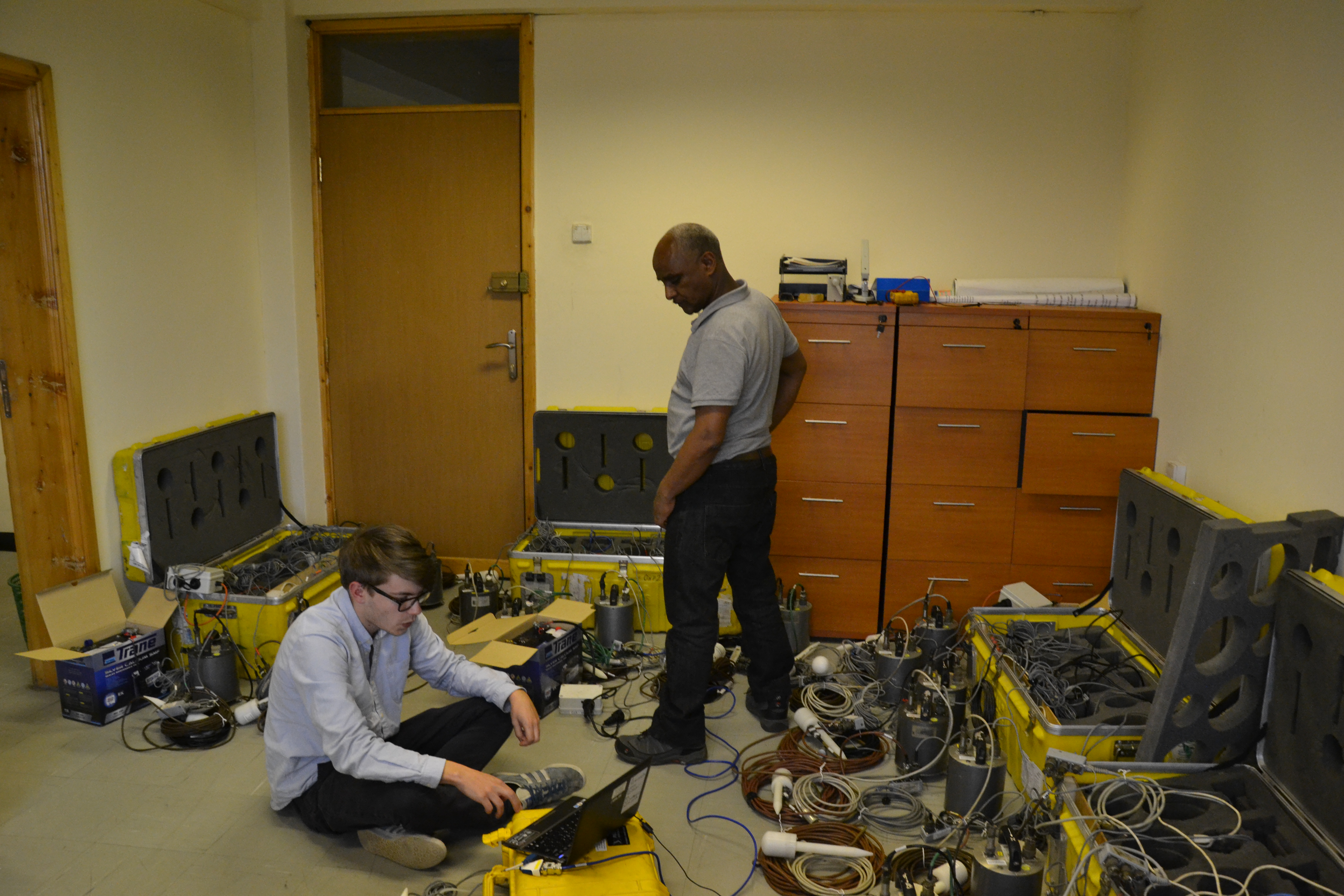OES G&G Coastal team visits China
Back in June, a team of researchers form the Coastal Group at University of Southampton (UoS), comprising Prof Carl Amos, Prof Ian Townend, Dr Charlie Thompson and Dr Hachem Kassem completed a 10 day trip to China. The team were invited by the College of Harbor, Coastal & Offshore Engineering at Hohai University (HHU), Nanjing,… Read More OES G&G Coastal team visits China
